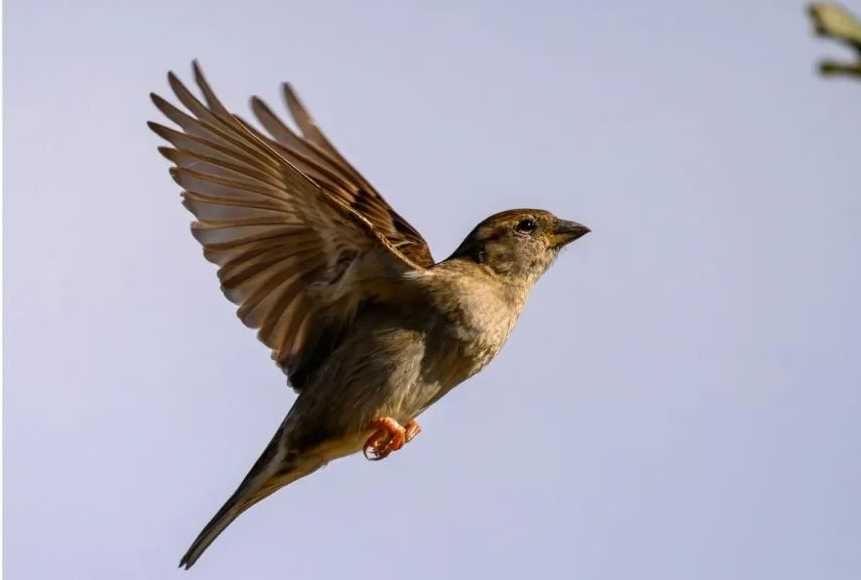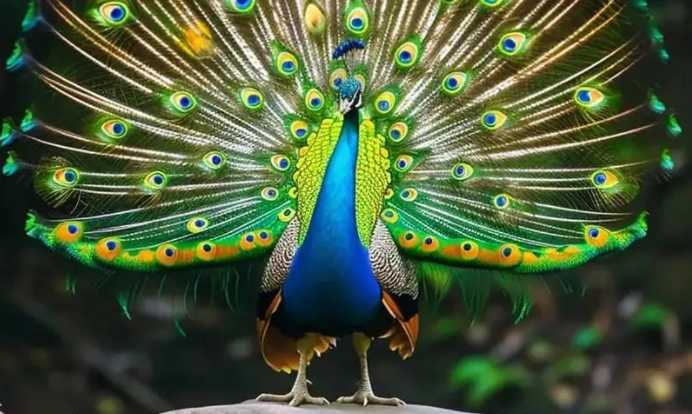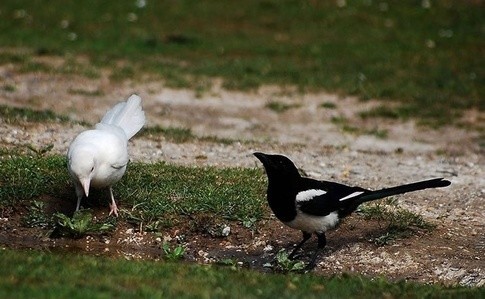Birds of Prey
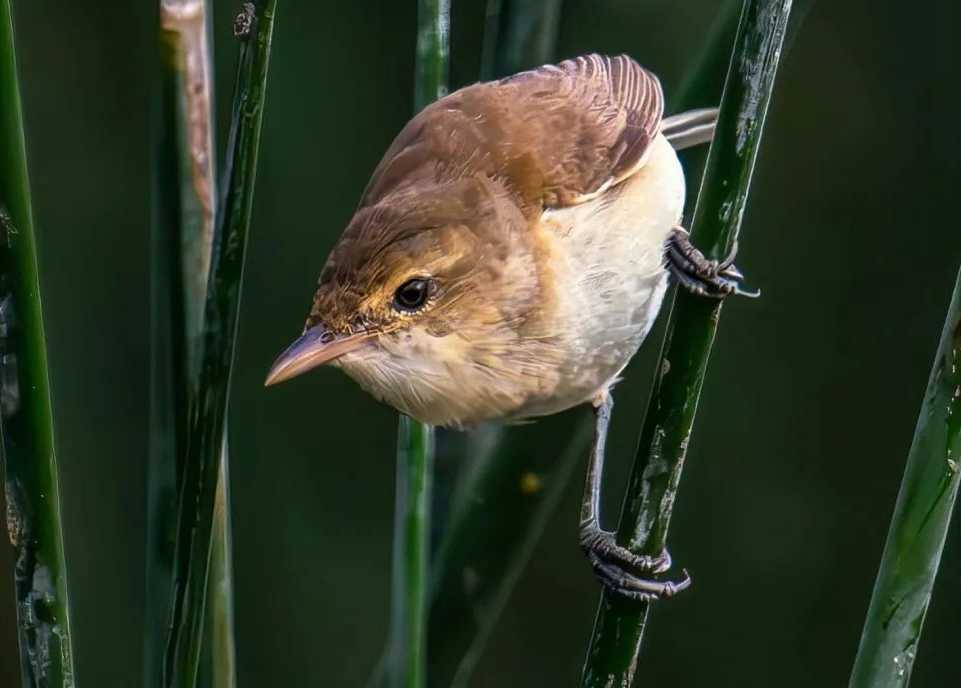
The Australian Reed Warbler: A Melodious Architect of Wetland Habitats
The Australian Reed Warbler (Acrocephalus australis), a small yet dynamic songbird, thrives in the dense reed beds and marshy environments across Australia and Tasmania. Renowned for its intricate songs and remarkable nesting skills, this species is a vital component of wetland ecosystems, blending into its lush green surroundings while contributing to the biodiversity of these fragile habitats.
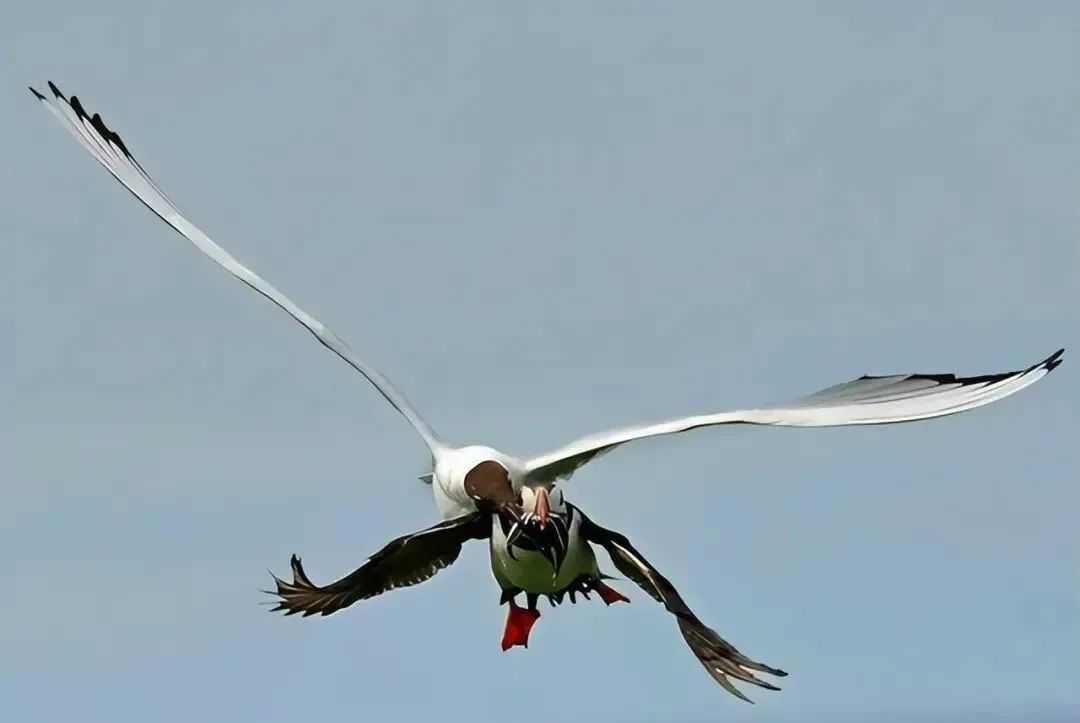
Bold Black-Headed Gull Steals Food Directly from Puffin's Beak
In a dramatic display of avian thievery, a black-headed gull (Chroicocephalus ridibundus) was recently captured on camera snatching a meal straight from the beak of a puffin in a coastal colony. The incident, observed on a rocky outcrop near the Scottish Isles, highlights the opportunistic feeding behavior of these gulls, which often resort to piracy to secure an easy meal.
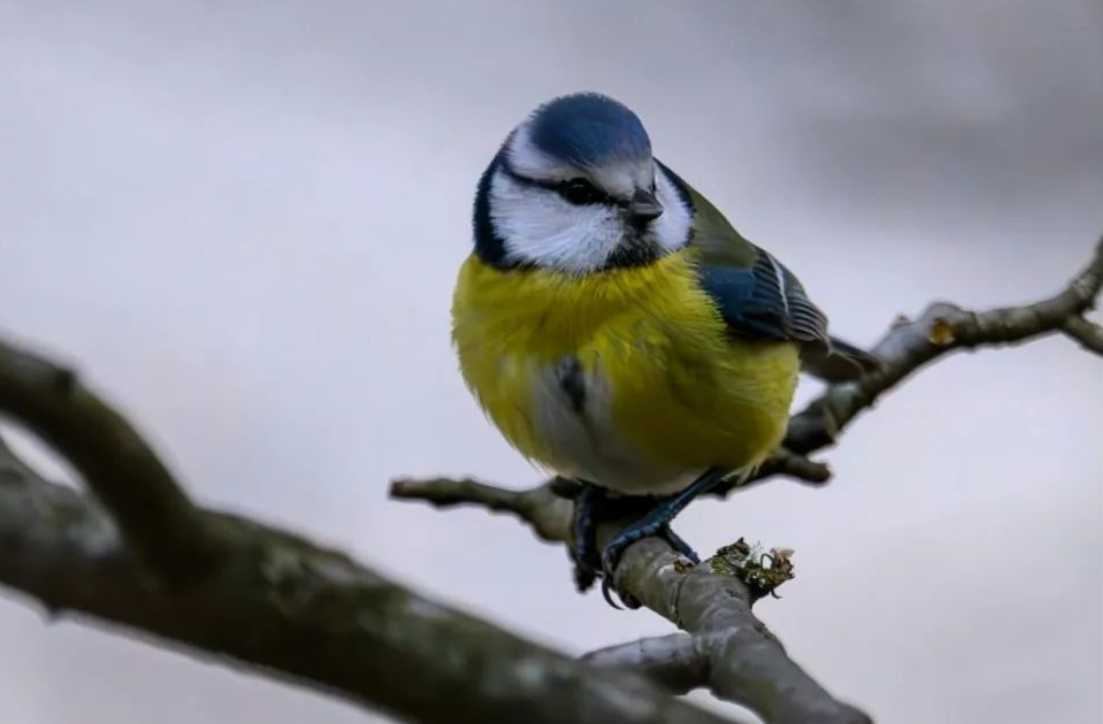
The Charming Blue Tit: A Tiny Jewel of European Woodlands
The Blue Tit (Cyanistes caeruleus) is a delightful small bird that has captured the hearts of birdwatchers and nature enthusiasts across Europe. With its vibrant plumage and lively behavior, it adds a splash of color and energy to the woodlands, gardens, and parks it inhabits.
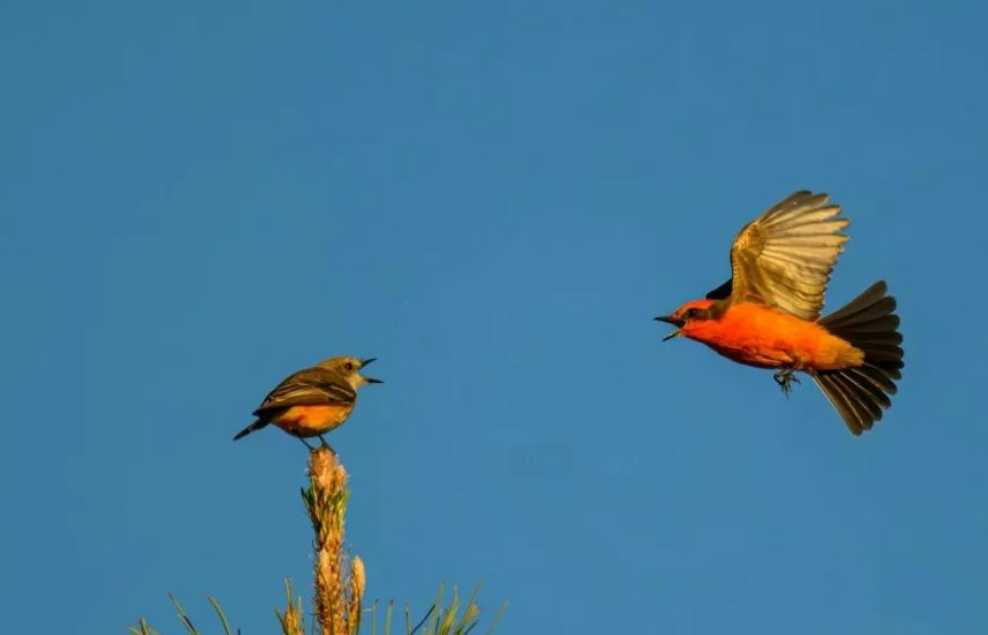
The Stunning Vermilion Flycatcher: A Fiery - Hued Avian Delight
The Vermilion Flycatcher (Pyrocephalus obscurus) is a captivating small bird that has enamored birdwatchers and nature enthusiasts alike. With its vivid plumage and fascinating behaviors, it stands out in the avian world.
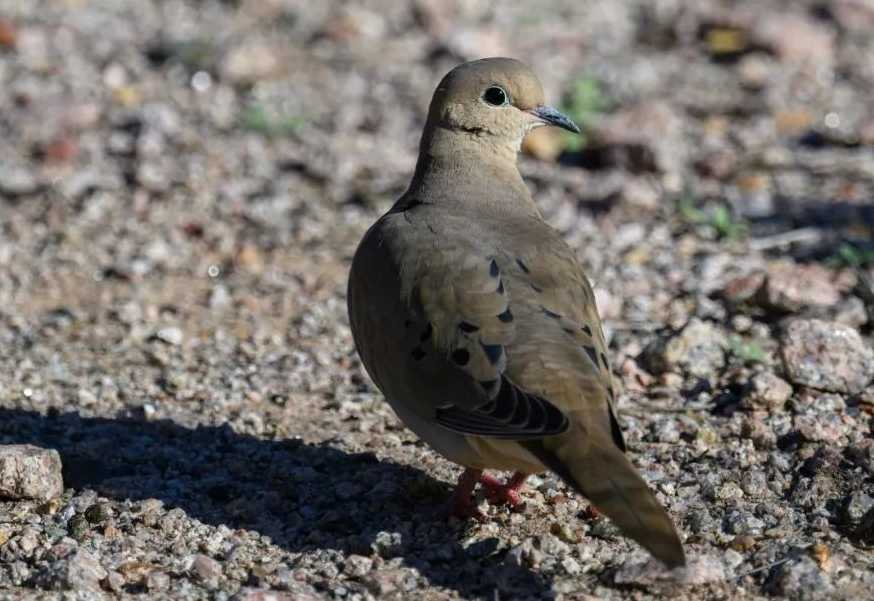
The Graceful Mourning Dove: A Common Sight in the Americas
The Mourning Dove (Zenaida macroura) is a captivating bird that has charmed observers across the Americas. With its gentle demeanor and distinct appearance, it has become a familiar presence in various landscapes.
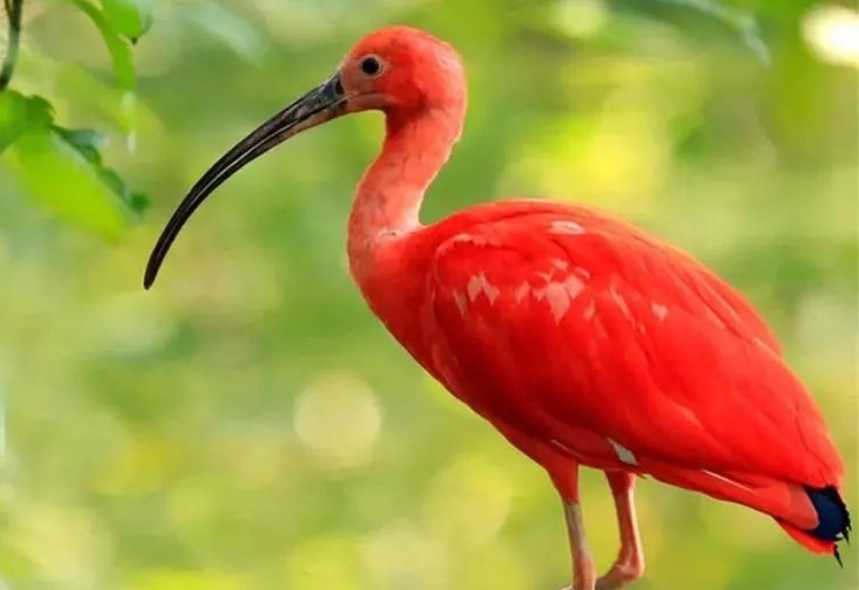
The American Flamingo: Nature’s Most Vibrant Scarlet Wonder
Scientifically named Phoenicopterus ruber, this stork-like wading bird measures 56–61 cm, inhabiting coastal wetlands, mangroves, and marshes across northern South America. Feeding on crabs and small fish, it boasts a wild lifespan of 15 years—reaching 20 in captivity. As the national bird of Trinidad and Tobago, it earns its fame from a singular trait: every feather, down to its legs, blazes in nature’s most intense scarlet, a hue so vivid it’s dubbed the "world’s reddest bird."
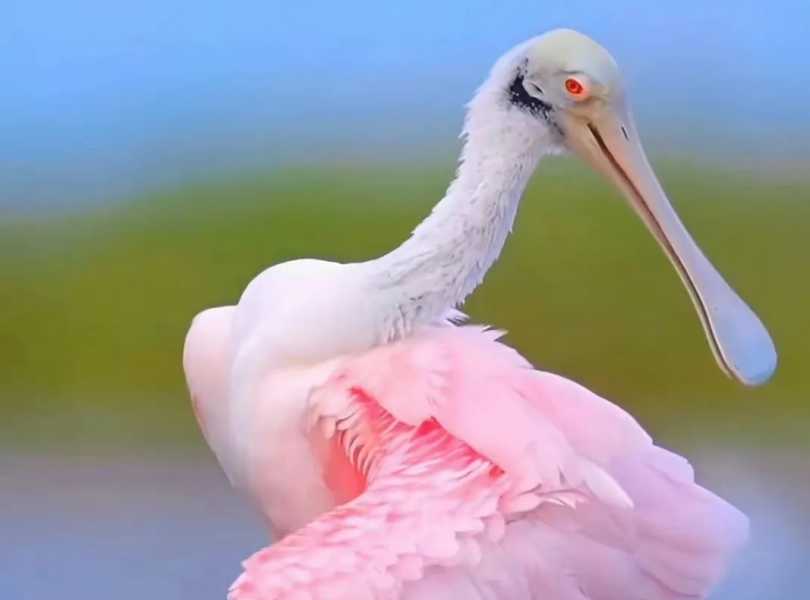
Platalea ajaja: The Vibrant Roseate Spoonbill of the Americas
Platalea ajaja, commonly known as the roseate spoonbill, is a striking wading bird native to the warm regions of the Americas. Renowned for its vivid plumage and unique feeding behavior, this species is an iconic inhabitant of shallow wetlands and coastal ecosystems, where its presence adds a splash of color to the landscape.
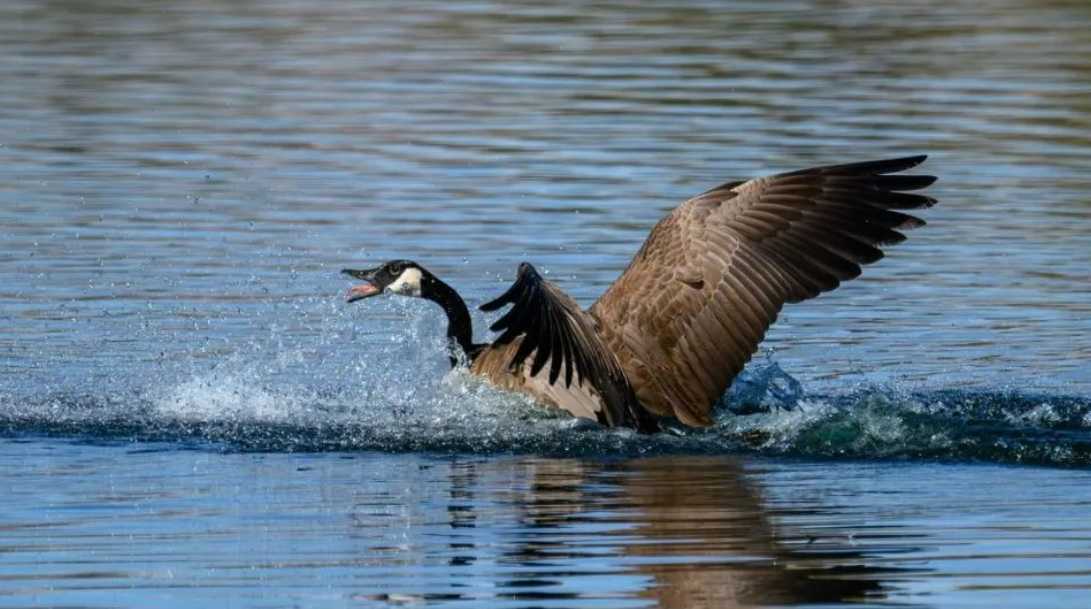
The Majestic Canada Goose: A Familiar Sight with a Complex Story
The Canada Goose (Branta canadensis), a large and distinctive waterbird, is a well - known presence across North America and has spread to various parts of the world. With its characteristic black head and neck, offset by a bright white “chinstrap” that extends from cheek to throat, it's easily recognizable. This species can range from 76 to 110 centimeters in length, with a wingspan stretching from 1.3 to 1.7 meters, and males are generally larger than females. Its body is covered in brownish - gray plumage, and the underparts often display a lighter shade, sometimes creamy or white.
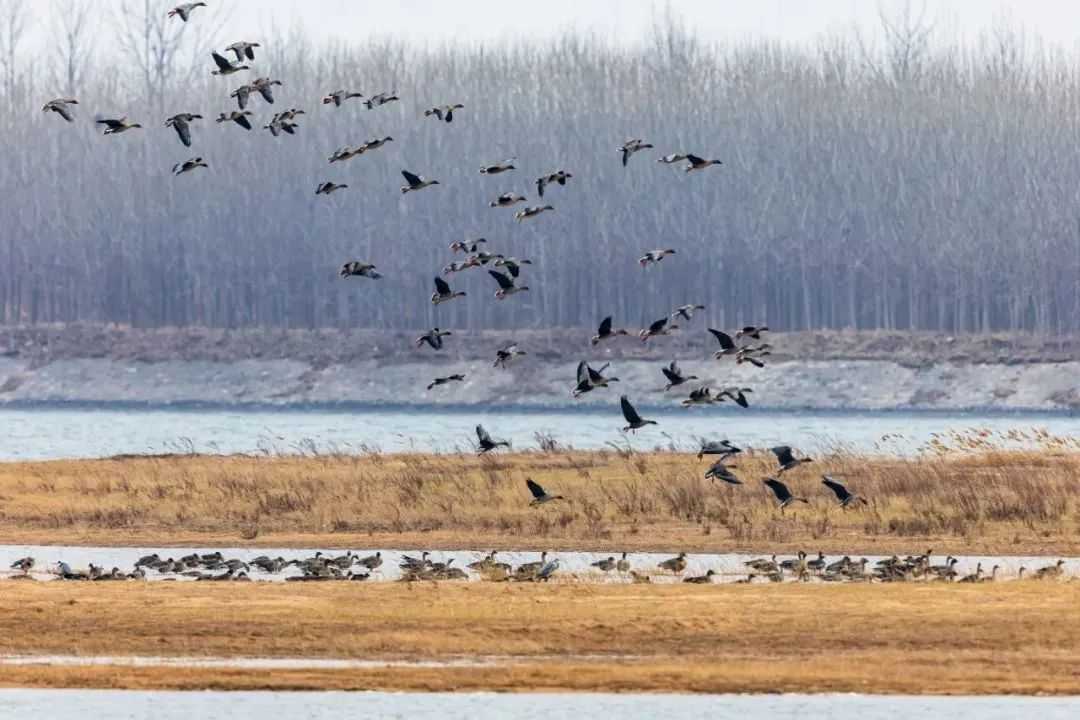
Aquatic Birds: Masters of the Open Water
Aquatic birds, or waterfowl, have evolved to thrive in expansive water bodies such as reservoirs, rivers, and lakes. These avian species have adapted unique physical features and feeding strategies, enabling them to exploit the rich resources of their aquatic habitats.
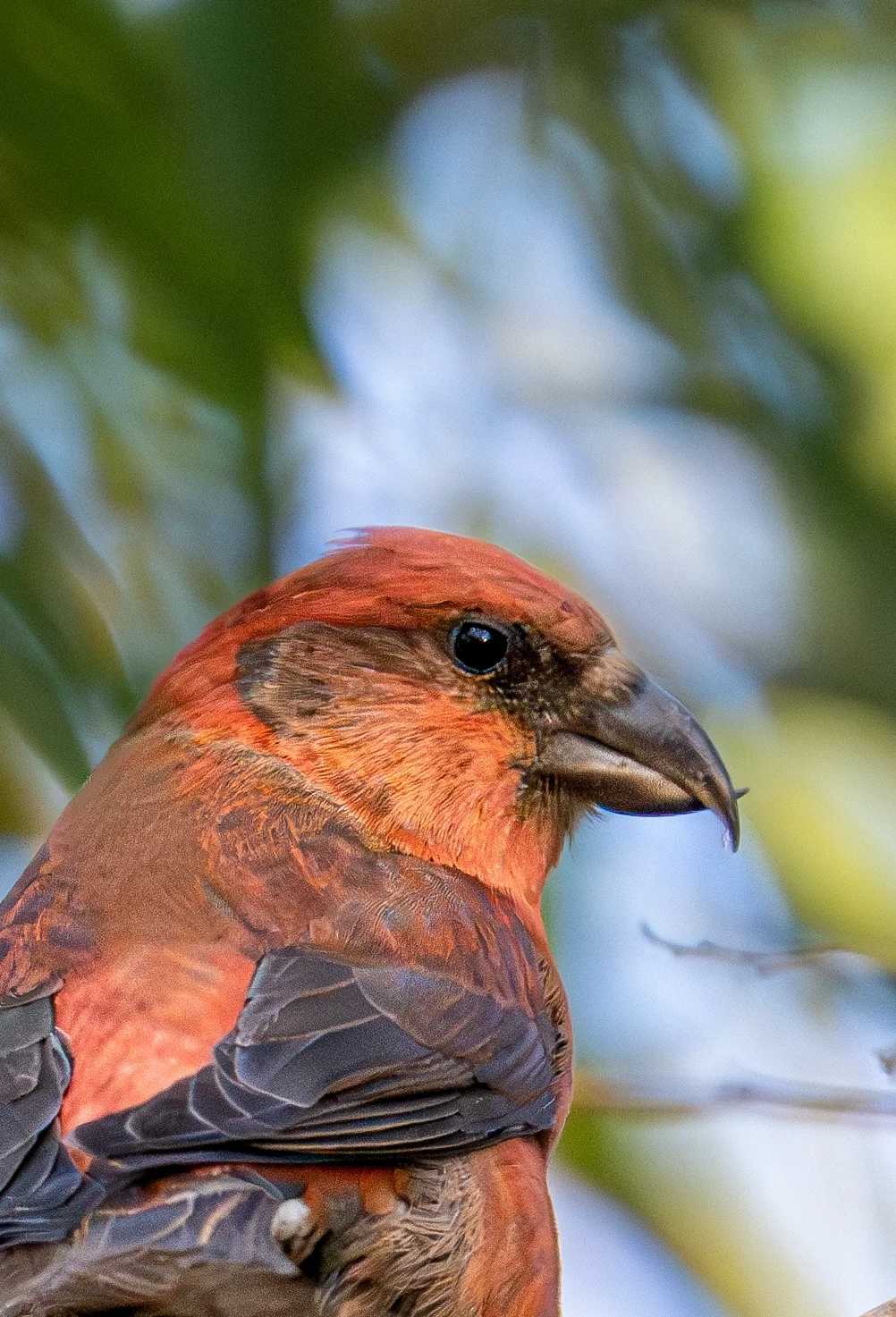
Loxia curvirostra: The Enigmatic Crossbill of Northern Coniferous Forests
Loxia curvirostra, commonly known as the common crossbill, is a small yet captivating songbird renowned for its distinctive bill shape and adaptability to the cold, dense coniferous forests of the Northern Hemisphere. As a key inhabitant of these ecosystems, it plays a vital role in seed dispersal and forest dynamics.
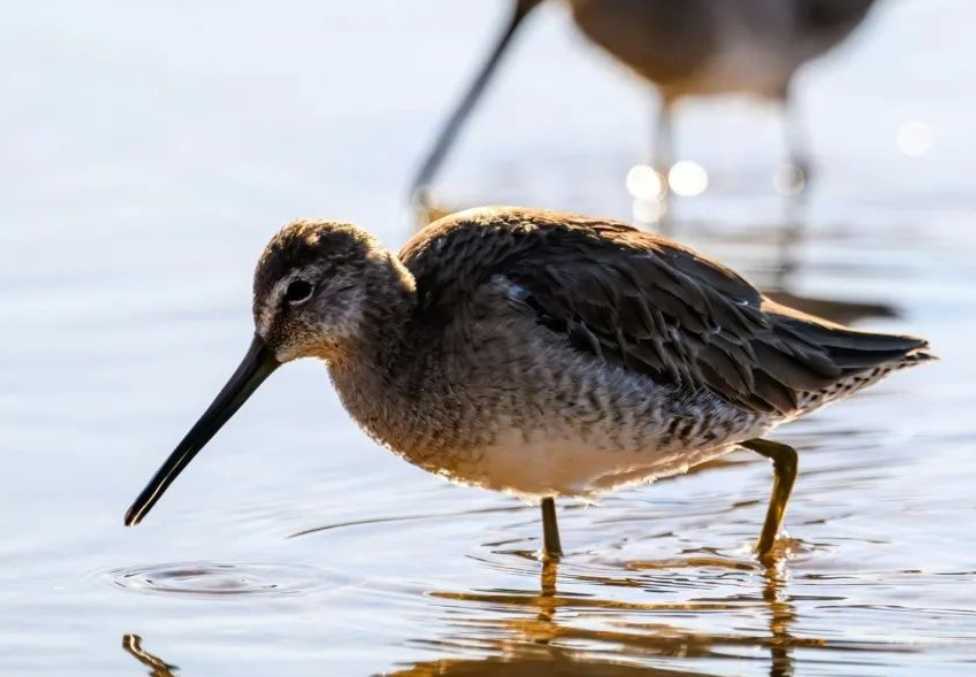
Long - Billed Dowitcher: A Marvel of the Shorelines
The long - billed dowitcher, Limnodromus scolopaceus, is a medium - sized shorebird easily recognizable by its strikingly long, straight bill, which is almost as long as its body. With intricate, patterned plumage that ranges from mottled browns and grays in non - breeding seasons to vibrant reddish - browns during breeding, it stands out as a unique and beautiful species along coastal and wetland habitats.
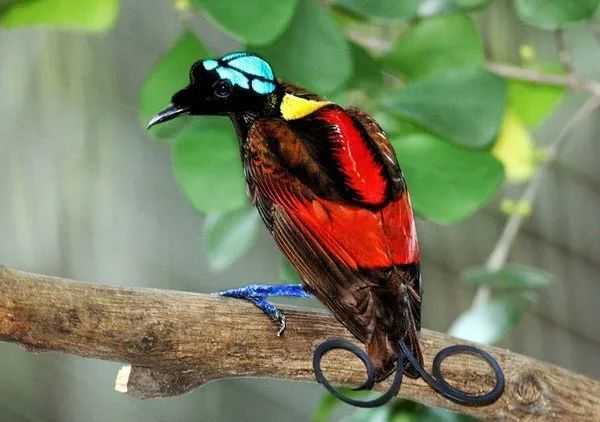
Wilson's Bird-of-Paradise: New Guinea’s Living Masterpiece of Avian Artistry
Scientifically named Diphyllodes respublica, this diminutive bird-of-paradise inhabits New Guinea’s rainforests, measuring around 20 cm and feasting on fruits and insects. Hailed as one of the world’s most beautiful birds, its compact form is a canvas of nature’s boldest palette: emerald green, sunshine yellow, jet black, snow white, and vivid blue, seamlessly blended in an evolutionary tour de force.
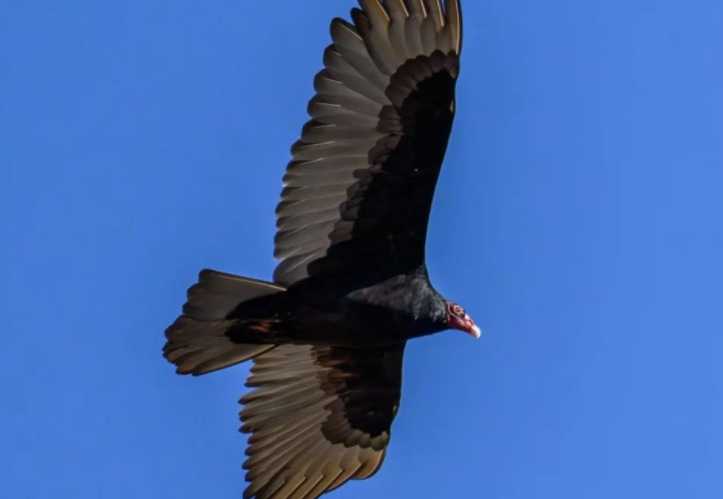
The Red - Headed Turkey Vulture: A Scavenging Sentinel of the Americas
The Red - Headed Turkey Vulture (Cathartes aura), a large and distinct bird of prey, is a common sight across the Americas. Its unique appearance and vital ecological role make it a fascinating subject for both birdwatchers and nature enthusiasts.
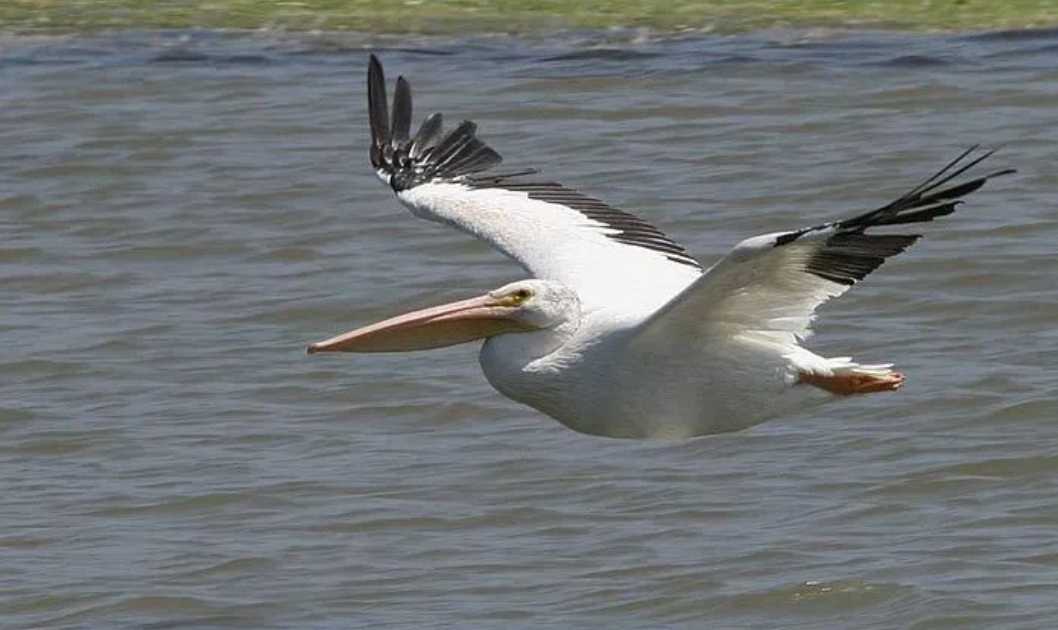
Pelecanus erythrorhynchos: The Majestic American White Pelican of North America
The American white pelican (Pelecanus erythrorhynchos) stands as one of North America’s most iconic large waterbirds, celebrated for its striking appearance and impressive aerial prowess. With its snowy plumage and imposing size, this species is a familiar sight in the continent’s freshwater lakes, rivers, and coastal estuaries, where it plays a vital role in aquatic ecosystems.
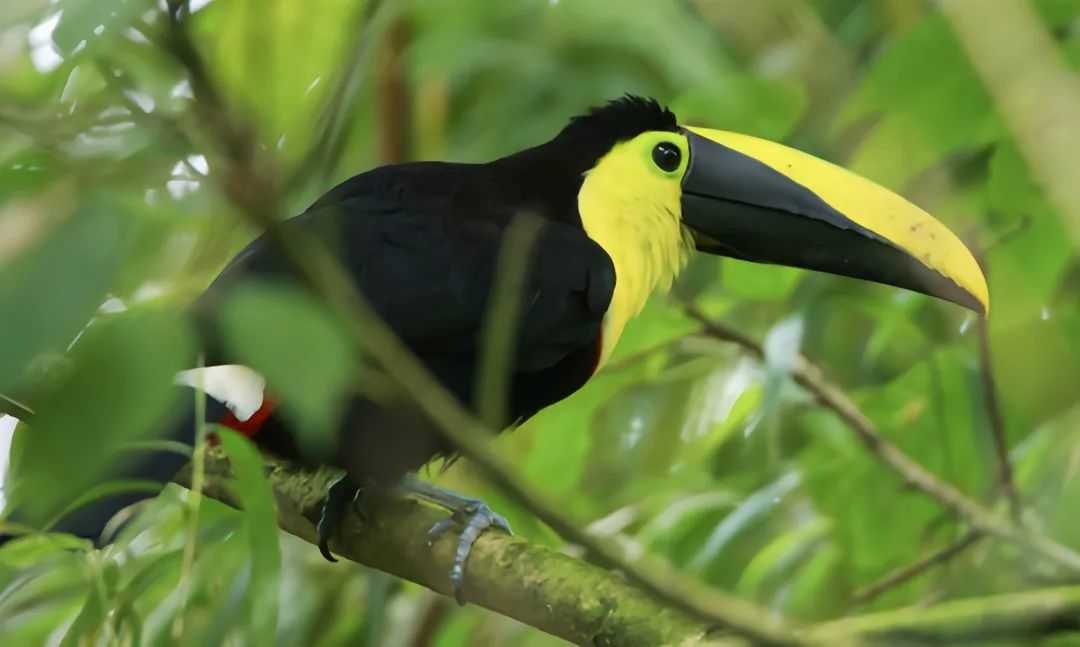
Ramphastos brevis: The Chocó Toucan of Northwestern South American Rainforests
Ramphastos brevis, commonly known as the Chocó toucan, is a captivating medium-sized bird endemic to the lush rainforests of northwestern South America. Renowned for its striking plumage and social behavior, this species plays a vital role in the intricate ecosystems of its native habitat, where it thrives amidst dense foliage and towering trees.
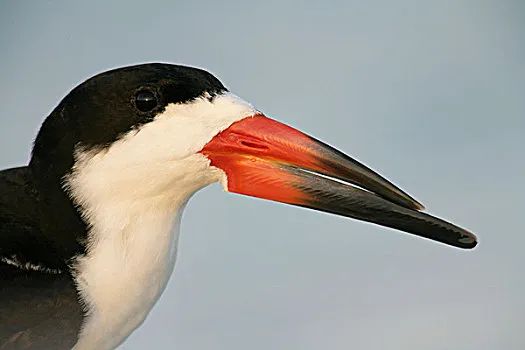
Rynchops niger: The Unique Scissor-Billed Seabird of Tropical Coasts
Rynchops niger, commonly known as the black skimmer, is a fascinating and distinctive seabird inhabiting tropical and subtropical coastal regions. Renowned for its extraordinary bill structure and specialized feeding behavior, this species stands out as a unique contributor to marine ecosystems, where it thrives in dynamic coastal and estuarine environments.
